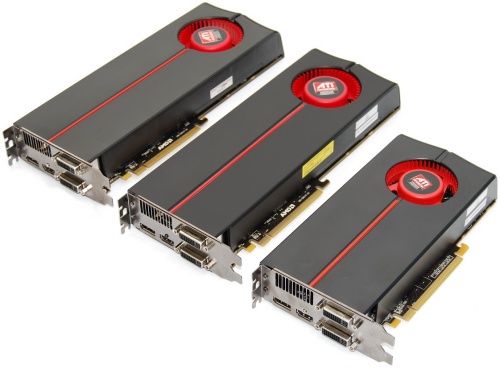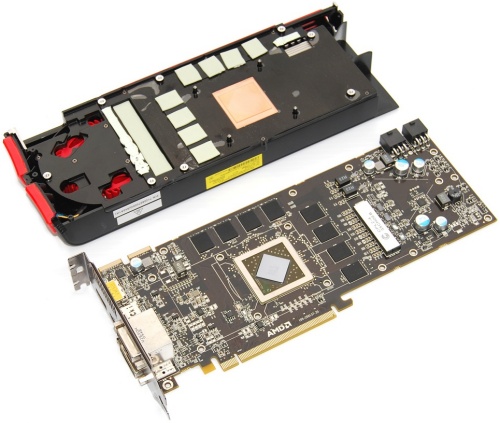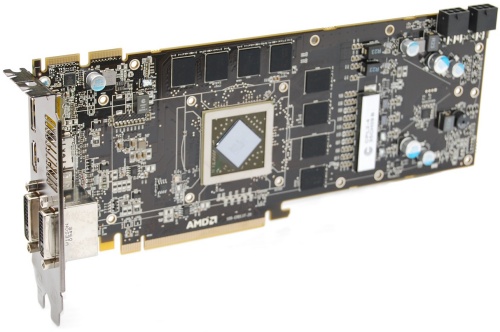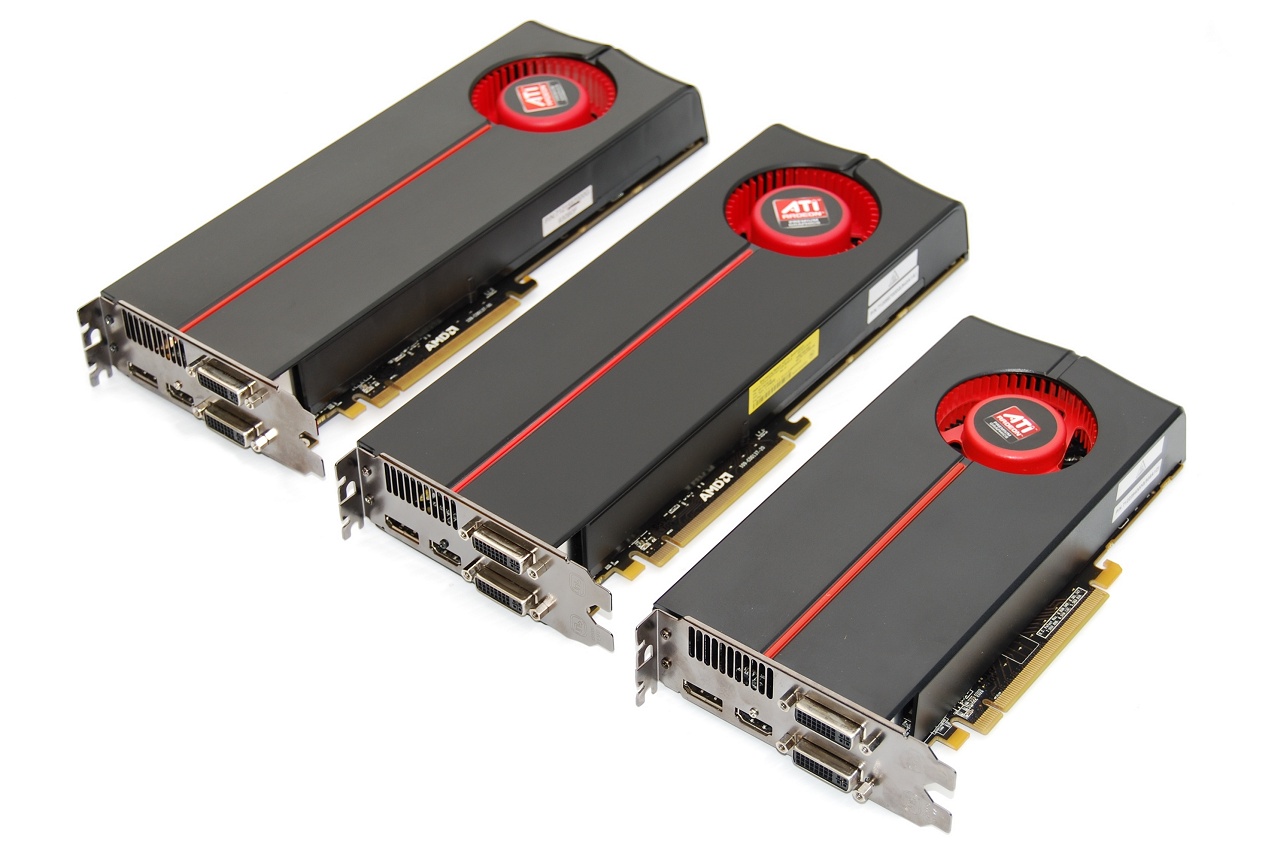ATI Radeon HD 5830 in Detail
The Radeon HD 5830 in our hands is a massive 28cm long and weighs roughly 1kg. Surprisingly, that's a larger footprint than the Radeon HD 5850 and the same as the 5870, despite being a cut-down version of both. Its dimensions also match those of the Radeon HD 4870 X2 and GeForce GTX 285, which means there will be several cases out there that cannot fit this full-size graphics card – at least not this reference version.

Cooling the Cypress LE GPU is a fairly large aluminum heatsink, made up of 36 fins measuring 13.5cm long, 6.5cm wide and 2.5cm tall. Connected to the base of the heatsink are four copper heatpipes that help improve efficiency. Finally, cooling this heatsink is a 75x20mm blower fan that draws air in from within the case and pushes it out through the rear of the graphics card.

For the most part this fan operates very quietly, helped by the impressively low 25 watt idle consumption of the Radeon HD 5830. When gaming the fan will spin up as the card can consume up to 175 watts under load, but even with the increased thermal stress the 5830 does not scream at intolerable levels.
The heatsink and fan are enclosed within a custom housing that conceals the entire graphics card. AMD has been using a similar design for its entire range from the Radeon HD 5700 series and up, as has done Nvidia with their most prized graphics cards for some time, such as the GeForce GTX 295.




It is worth noting that although our review sample bares great resemblance to the Radeon HD 5870, AMD mentioned that manufacturers will be releasing their own take on the Radeon HD 5830 from day one rather than a months down the road. If this is true, today you will see a dozen or so new Radeon HD 5830 products being accounted, most of which will feature their own unique design.


The PCI Express slot alone will not be enough to power this high-end graphics card, so you can expect all boards to have in common a pair of 6-pin PCI Express power connectors to feed the Radeon HD 5830. This is the same configuration that you will find on the older Radeon HD 4870/4890 and GeForce GTX 285 cards.

Naturally, the Radeon HD 5830 supports Crossfire and therefore in the standard position we find a pair of connectors for bridging two or more cards together. The only other connectors can be found on the I/O panel and these include two dual DVI connectors along with HDMI and DisplayPort sockets. Like all Radeon HD 5000 series graphics cards, a maximum resolution of 2560x1600 on up to three monitors is supported.
